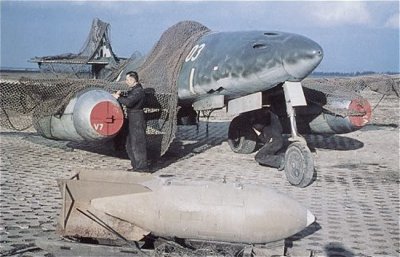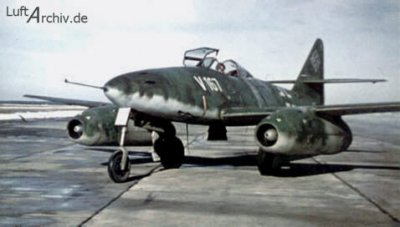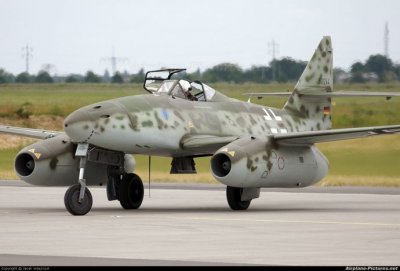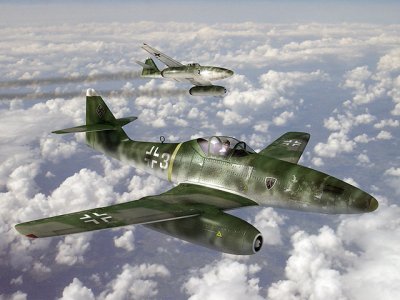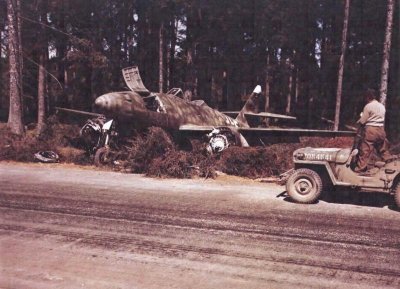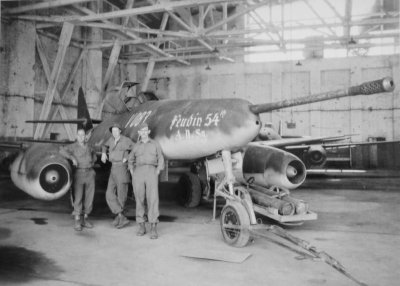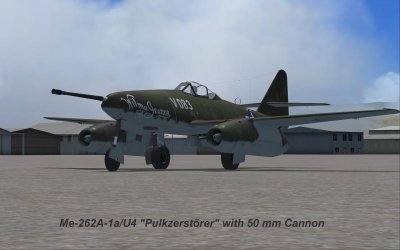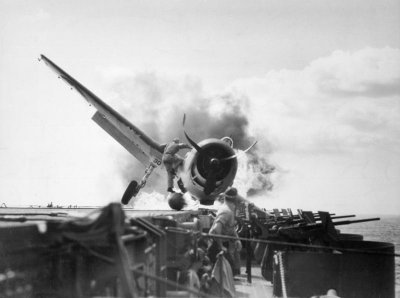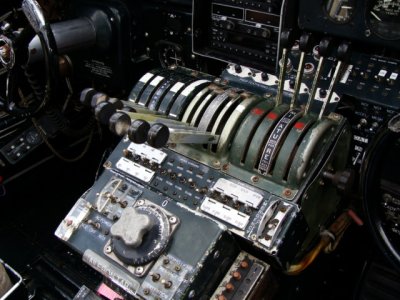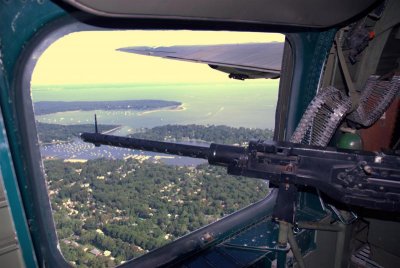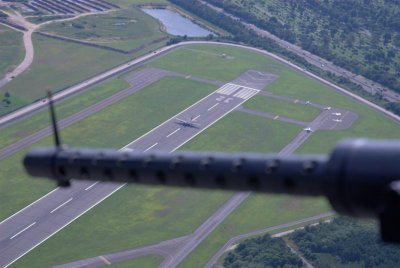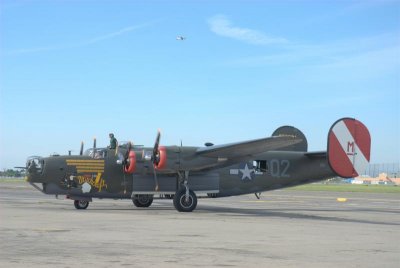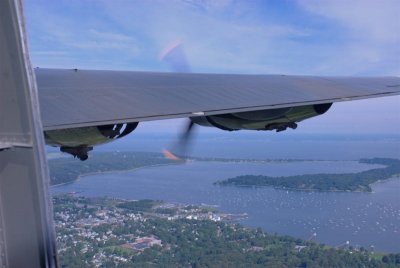You are using an out of date browser. It may not display this or other websites correctly.
You should upgrade or use an alternative browser.
You should upgrade or use an alternative browser.
Who Likes Aircraft ?
- Thread starter Auggie56
- Start date
71airgrabberRR
Well-Known Member
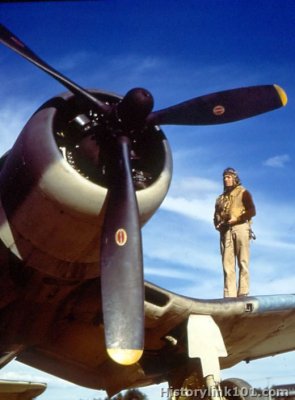
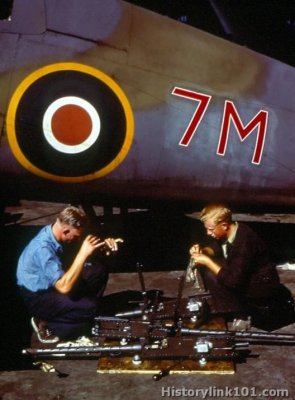
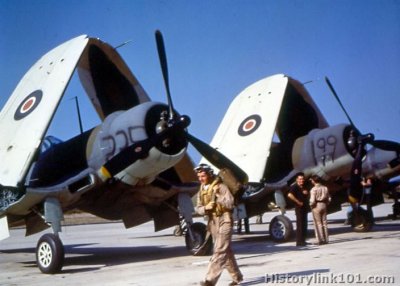
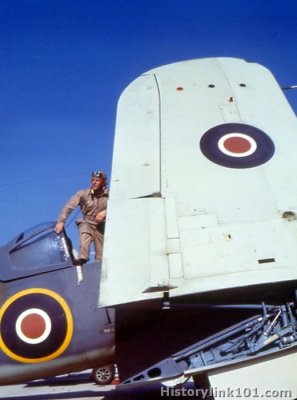
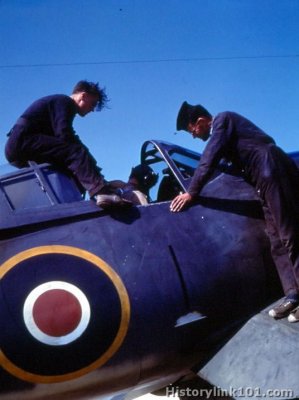
- - - Updated - - -
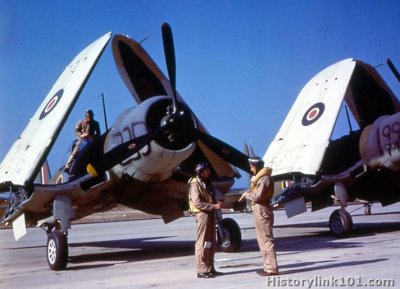
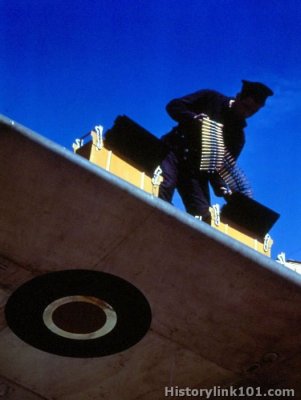
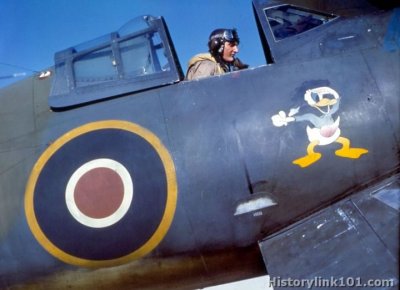
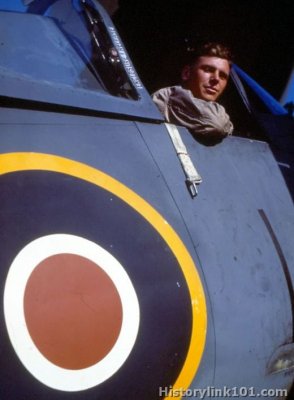
- - - Updated - - -
The British FAA used the Corsair in WW2. They solved some of the landing problems that kept the plane from being accepted aboard US aircraft carriers.
These planes were essentially the same plane, but they had a different radio system.
Vought, Brewster and Goodyear all made planes for the FAA (Fleet Air Arm). The early ones were painted in the "US Equivalent" of British colors.
I found these online at Historylink101.com.
Basket case
Well-Known Member
IIRC, the Brits had to trim a little off the wings of the F4Us so they would fit their hanger decks.
Attachments
Photon440
Well-Known Member
- Local time
- 6:29 AM
- Joined
- Mar 14, 2012
- Messages
- 18,646
- Reaction score
- 34,654
- Location
- Surrey, B.C. Canada
It's fascinating how complex aircraft can be, even in the 1930's and 40's. Even today, compared to hopping in your car, turning a key and then driving off, a simple plane like a Cessna 182 still requires you to run through a check list, including things like putting your mixture to RICH, adjusting propeller pitch for HIGH RPM, pre-setting power lever 1/2 centimeter, adjusting carb heat and priming. Once started, you have to adjust mixture again for taxi, take off, cruise etc. There's just a lot to keep an eye on.
Now something like an old DC-3 with its Pratt & Whitney R-1830 Twin Wasp 14 cylinder radials had a start sequence something like this:
Assume the normal preflight walkaround for fuel and oil checks, caps, drains, locks and covers has been done.
Pilots, having been strapped in, are ready. This procedure usually involves both. Using electric start, unlike a car engine the starter isn't directly turning the engine as that would take too much battery power. Instead, a flywheel is spun up and then engaged which spins the engine over.
Starting with engine #2 (starboard), with the booster pump running, the stopwatch is set to zero. The right seat occupant waits for the pilot's command to operate the right engine start switch.
Pilot - switches on IGNITION MASTER, operates primer for right engine three or four times, one second each time. This primes the top four cylinders of the second bank.
Pilot - right hand over right engine ignition switch, and gets ready to start the stopwatch with left hand. Calls out 'Energise', starts clock. Puts left hand back to primer switch.
Right seat - operates flywheel energizer for fifteen seconds at which time pilot calls out 'MESH'
Pilot - maintains pressure on starter switch while right seat engages right engine MESH switch to engage flywheel. Right seat watches to see if engine turns over.
Sometimes, the engine is turned over by hand, pulling several prop blades through (usually 7) to make sure that the bottom cylinders haven't collected too much oil and avoid hydraulic damage. If the engine was hand turned, the right seat watches for three blades to swing by before calling out. If the engine is not previously turned over, nine blades must go by before he calls out either 3/9.
Pilot - hearing the 3/9 call, selects right engine ignition to BOTH (battery and magneto) then moves right hand to mixture control lever. If the engine catches, to keep it running the pilot will blip the primer switch as necessary while moving the mixture control lever to AUTO-RICH. It might take a few seconds, when the engine is running on its own the pilot then moves right hand to engine throttle and calls 'ON THE THROTTLE', which is the signal for the right seat to release the START and MESH switches.
Pilot - advance throttle slowly to about 1,000 rpm. being careful not to exceed 1200 rpm. cold engine limit. As the engine oil warms, the speed will increase so watching the tachometer is necessary.
Admire large clouds of smoke and repeat start procedure for the left engine.
note; in case of dead batteries there is a hand crank available for the engine whereby someone does the task of turning a geared drive to wind up the flywheel to engage the starter. It is laborious and sometimes takes several tries.
https://www.youtube.com/watch?v=23iCuMl00nA
Now something like an old DC-3 with its Pratt & Whitney R-1830 Twin Wasp 14 cylinder radials had a start sequence something like this:
Assume the normal preflight walkaround for fuel and oil checks, caps, drains, locks and covers has been done.
Pilots, having been strapped in, are ready. This procedure usually involves both. Using electric start, unlike a car engine the starter isn't directly turning the engine as that would take too much battery power. Instead, a flywheel is spun up and then engaged which spins the engine over.
Starting with engine #2 (starboard), with the booster pump running, the stopwatch is set to zero. The right seat occupant waits for the pilot's command to operate the right engine start switch.
Pilot - switches on IGNITION MASTER, operates primer for right engine three or four times, one second each time. This primes the top four cylinders of the second bank.
Pilot - right hand over right engine ignition switch, and gets ready to start the stopwatch with left hand. Calls out 'Energise', starts clock. Puts left hand back to primer switch.
Right seat - operates flywheel energizer for fifteen seconds at which time pilot calls out 'MESH'
Pilot - maintains pressure on starter switch while right seat engages right engine MESH switch to engage flywheel. Right seat watches to see if engine turns over.
Sometimes, the engine is turned over by hand, pulling several prop blades through (usually 7) to make sure that the bottom cylinders haven't collected too much oil and avoid hydraulic damage. If the engine was hand turned, the right seat watches for three blades to swing by before calling out. If the engine is not previously turned over, nine blades must go by before he calls out either 3/9.
Pilot - hearing the 3/9 call, selects right engine ignition to BOTH (battery and magneto) then moves right hand to mixture control lever. If the engine catches, to keep it running the pilot will blip the primer switch as necessary while moving the mixture control lever to AUTO-RICH. It might take a few seconds, when the engine is running on its own the pilot then moves right hand to engine throttle and calls 'ON THE THROTTLE', which is the signal for the right seat to release the START and MESH switches.
Pilot - advance throttle slowly to about 1,000 rpm. being careful not to exceed 1200 rpm. cold engine limit. As the engine oil warms, the speed will increase so watching the tachometer is necessary.
Admire large clouds of smoke and repeat start procedure for the left engine.
note; in case of dead batteries there is a hand crank available for the engine whereby someone does the task of turning a geared drive to wind up the flywheel to engage the starter. It is laborious and sometimes takes several tries.
https://www.youtube.com/watch?v=23iCuMl00nA
Photon440
Well-Known Member
- Local time
- 6:29 AM
- Joined
- Mar 14, 2012
- Messages
- 18,646
- Reaction score
- 34,654
- Location
- Surrey, B.C. Canada
I bought the book, polywideblock. A fascinating journal of the lives of the two airmen on different sides of the war. Franz Stigler ended up flying ME262 jets with the JV 44 squadron at the end of the war. He knew a lot of classified info on the jets that he wasn't allowed to tell the regular airmen. Funny thing, it turns out that he was living a few blocks away from me here in Surrey, British Columbia, but has since passed on.
71airgrabberRR
Well-Known Member
I have a similar story................ it's funny how life's journey goes.
About 10 years ago I met a former B-24 pilot, (who ended up flying P-51's after the war and F-86 Sabre Jets in Korea).
His next door neighbor was a German lady who immigrated to the US after WW2. She lived in a city that he bombed during the war. He showed me his log book and backed up what the neighbor said.
They were the best of friends. What irony ????
I guess we can all learn something from that..........................
About 10 years ago I met a former B-24 pilot, (who ended up flying P-51's after the war and F-86 Sabre Jets in Korea).
His next door neighbor was a German lady who immigrated to the US after WW2. She lived in a city that he bombed during the war. He showed me his log book and backed up what the neighbor said.
They were the best of friends. What irony ????
I guess we can all learn something from that..........................
- Local time
- 6:29 AM
- Joined
- Nov 22, 2010
- Messages
- 17,434
- Reaction score
- 21,938
- Location
- Muroc Dry Lake Bed
Great story airgrabber!
The "Irony" of war!
The "Irony" of war!
71airgrabberRR
Well-Known Member
Great story airgrabber!
The "Irony" of war!
Thanks Ski !!!!!!!!!
- - - Updated - - -
I just posted on Bladecutters kidney stone thread.
This Hellcat pilot had "Stones" of a different kind.....................
- - - Updated - - -
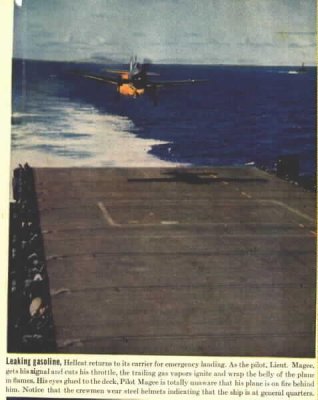
- - - Updated - - -
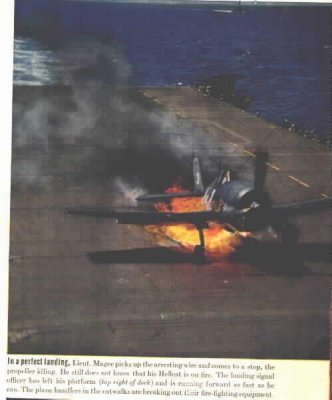
- - - Updated - - -
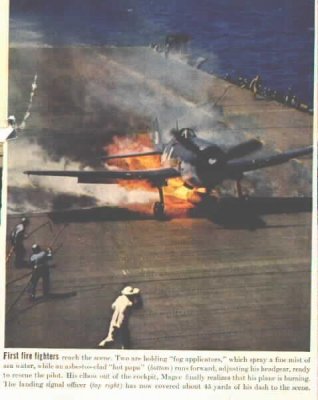
- - - Updated - - -
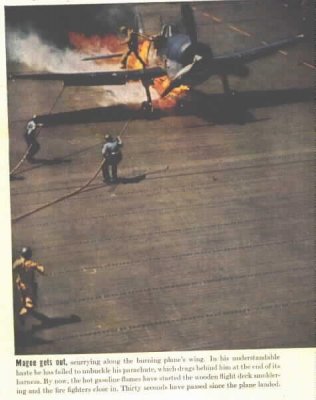
- - - Updated - - -
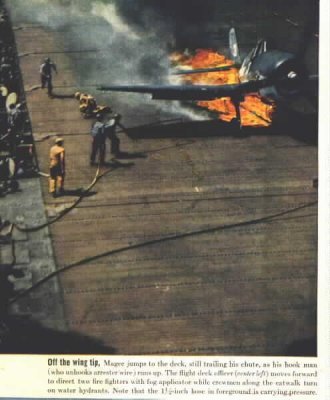
- - - Updated - - -
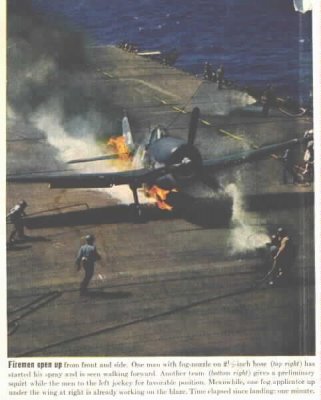
- - - Updated - - -
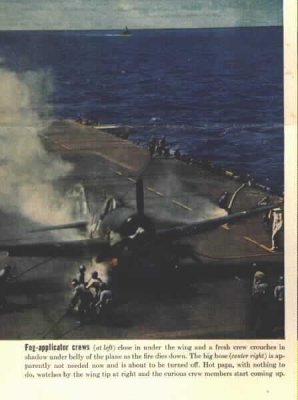
- - - Updated - - -
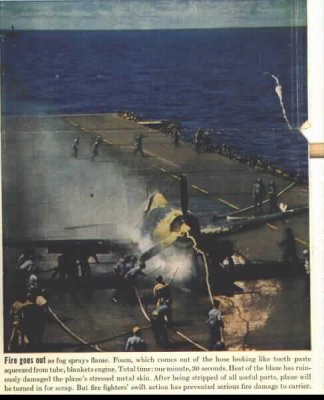
- - - Updated - - -
Today's fire service owes a LOT to the practices developed by the military during WW2.
- - - Updated - - -
found these photos on the web. They may have been from a "LIFE" magazine.............
Basket case
Well-Known Member
71airgrabberRR
Well-Known Member
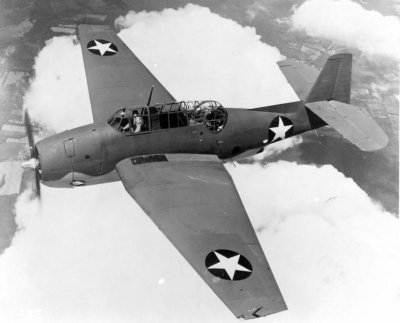
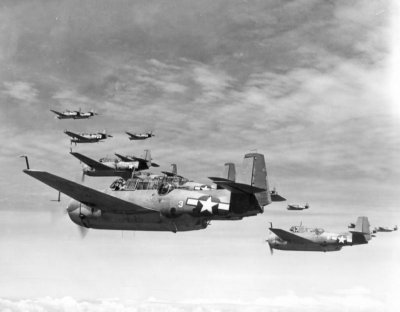
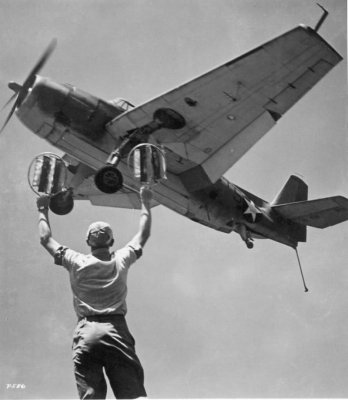
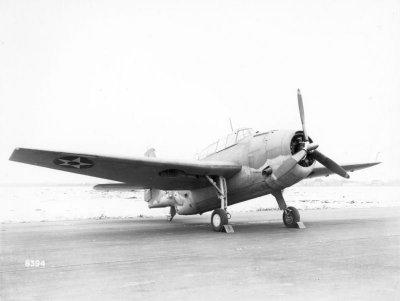
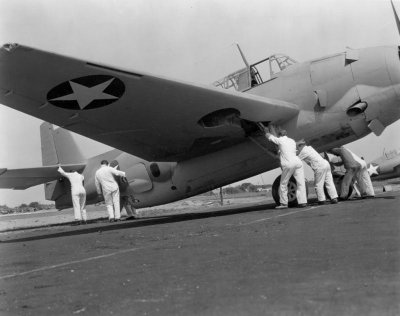
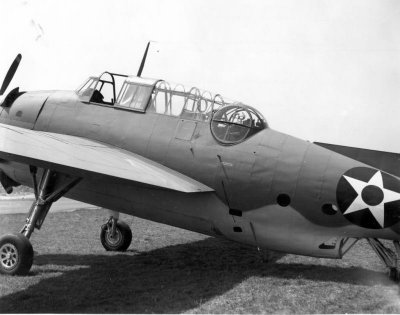
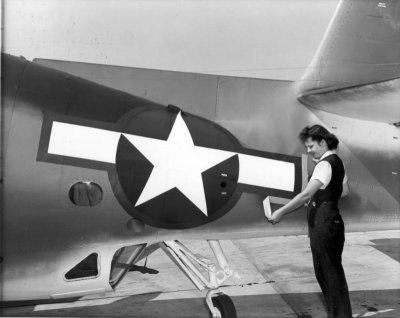
- - - Updated - - -
Here are a few photos of another one of my favorites:
The Grumman TBF Avenger.
- - - Updated - - -
It was given a rather bad nickname of "Turkey". This plane is HUGE when you are up close to it.
- - - Updated - - -
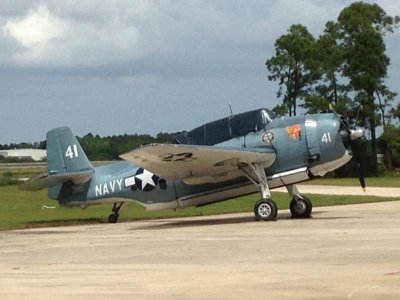
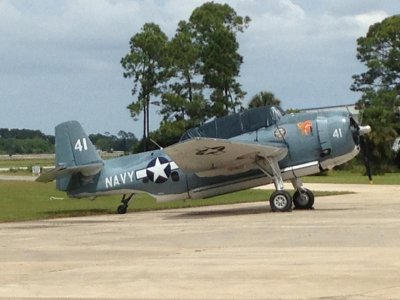
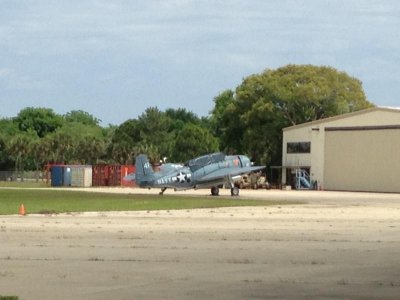
- - - Updated - - -
I took these photos of one at the New Smyrna Airport......................
Enjoy !!!!!!!!!!!!
Photon440
Well-Known Member
- Local time
- 6:29 AM
- Joined
- Mar 14, 2012
- Messages
- 18,646
- Reaction score
- 34,654
- Location
- Surrey, B.C. Canada
71airgrabberRR
Well-Known Member
Stopped by to see my friends at the airport. I took a BUNCH of cool photos of some of their restoration work.
Here is a teaser................
- - - Updated - - -
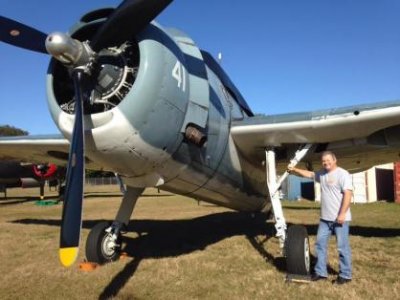
- - - Updated - - -
I will post up more if you can identify this:
- - - Updated - - -
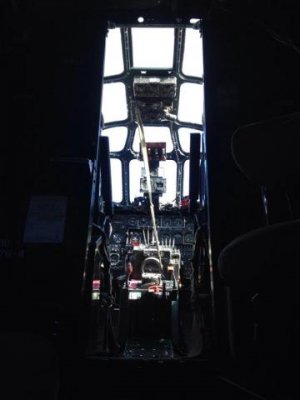
- - - Updated - - -
and this:
- - - Updated - - -
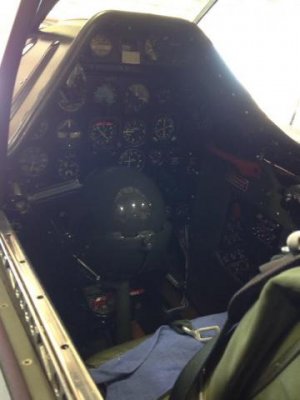
- - - Updated - - -
Take care !!!!!!!!!!! I have to bolt...................
A new season of "Vikings" is starting on the History channel.
Later folks...................
Here is a teaser................
- - - Updated - - -

- - - Updated - - -
I will post up more if you can identify this:
- - - Updated - - -

- - - Updated - - -
and this:
- - - Updated - - -

- - - Updated - - -
Take care !!!!!!!!!!! I have to bolt...................
A new season of "Vikings" is starting on the History channel.
Later folks...................
Basket case
Well-Known Member
PBY and a P-51
fwi
Well-Known Member
Iron Maiden's (maiden flight) today, starting their world tour. For those of you who may not know, the captain is Bruce Dickinson who is also the lead singer. He has been a big fan of aviation and has flown several of their tours in the past 7 years flying a 757.
http://www.airlive.net/live-edforceone-departs-cardiff-and-the-747-is-on-its-way-to-fort-lauderdale/
http://www.airlive.net/live-edforceone-departs-cardiff-and-the-747-is-on-its-way-to-fort-lauderdale/
he also owns and restores tanks

